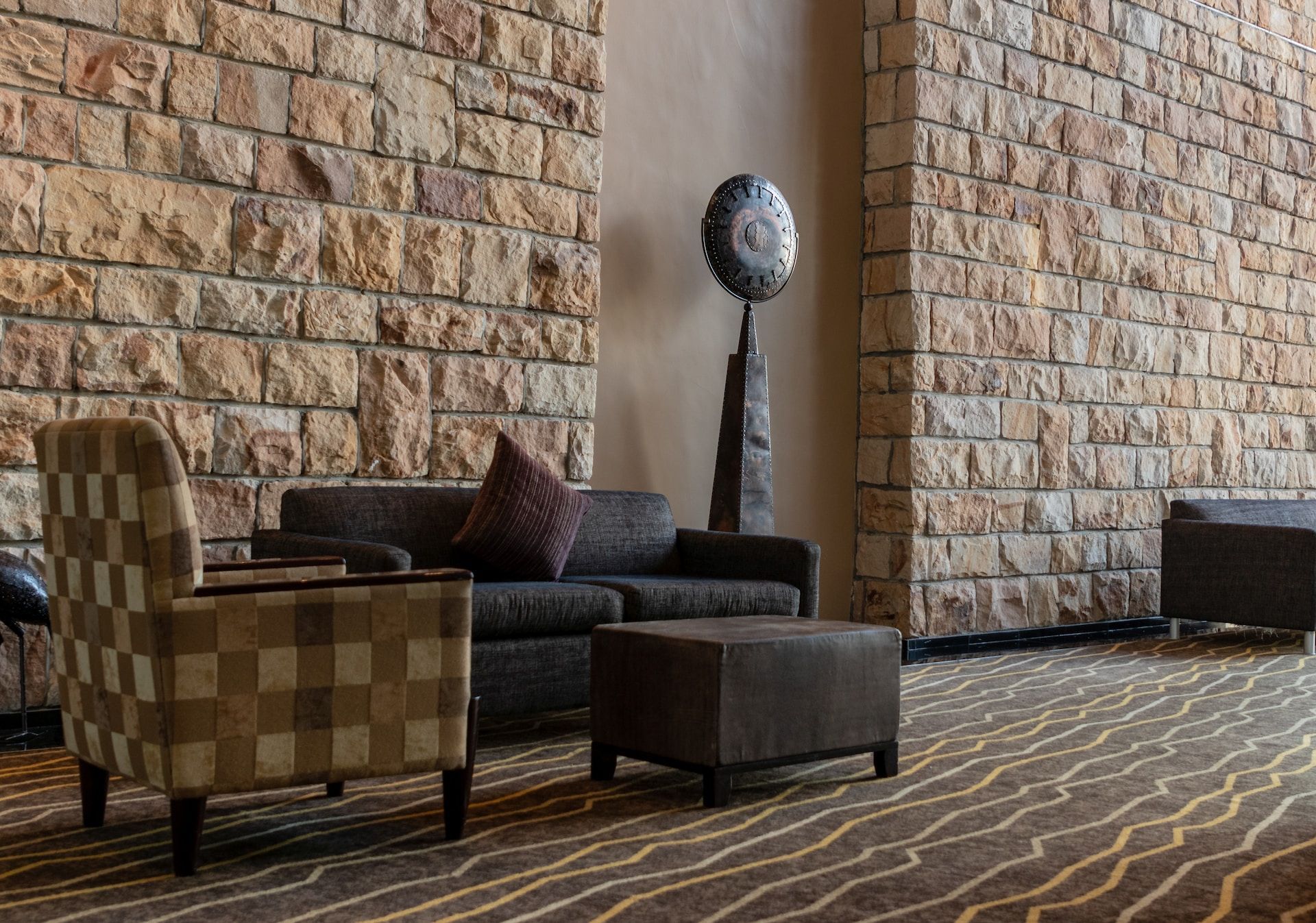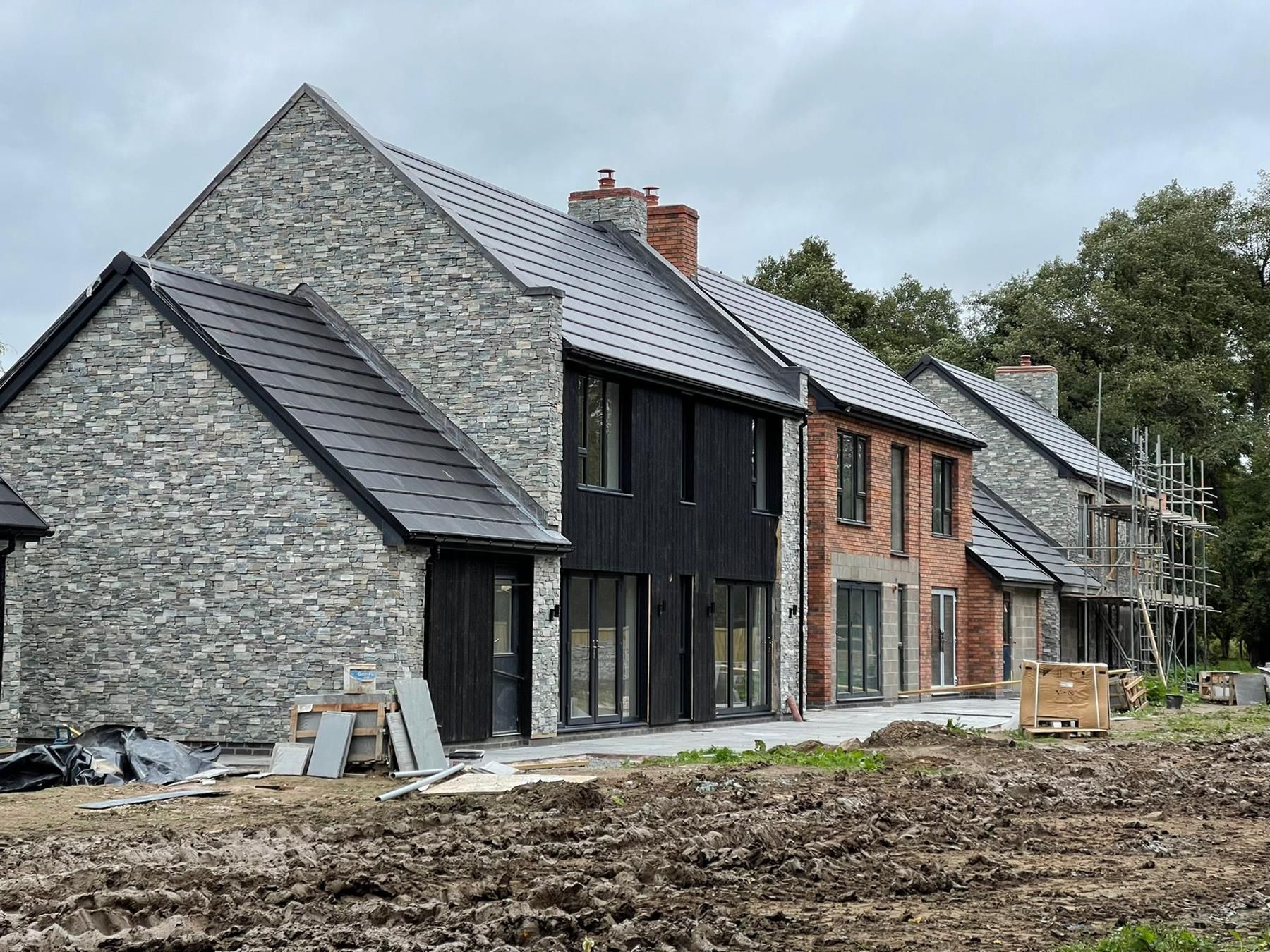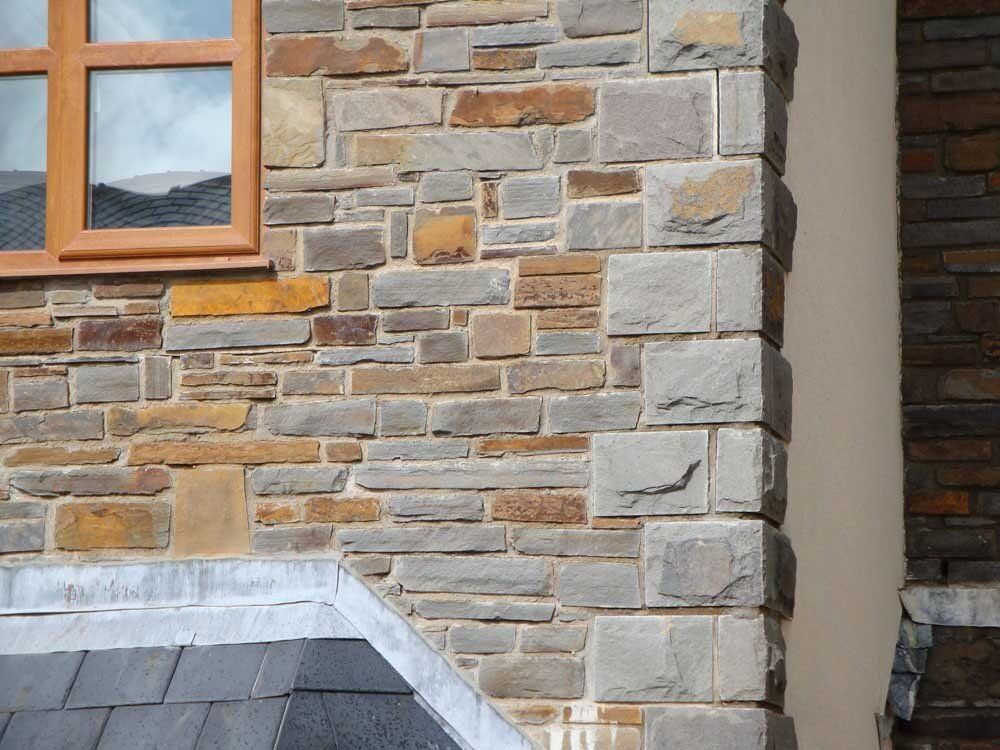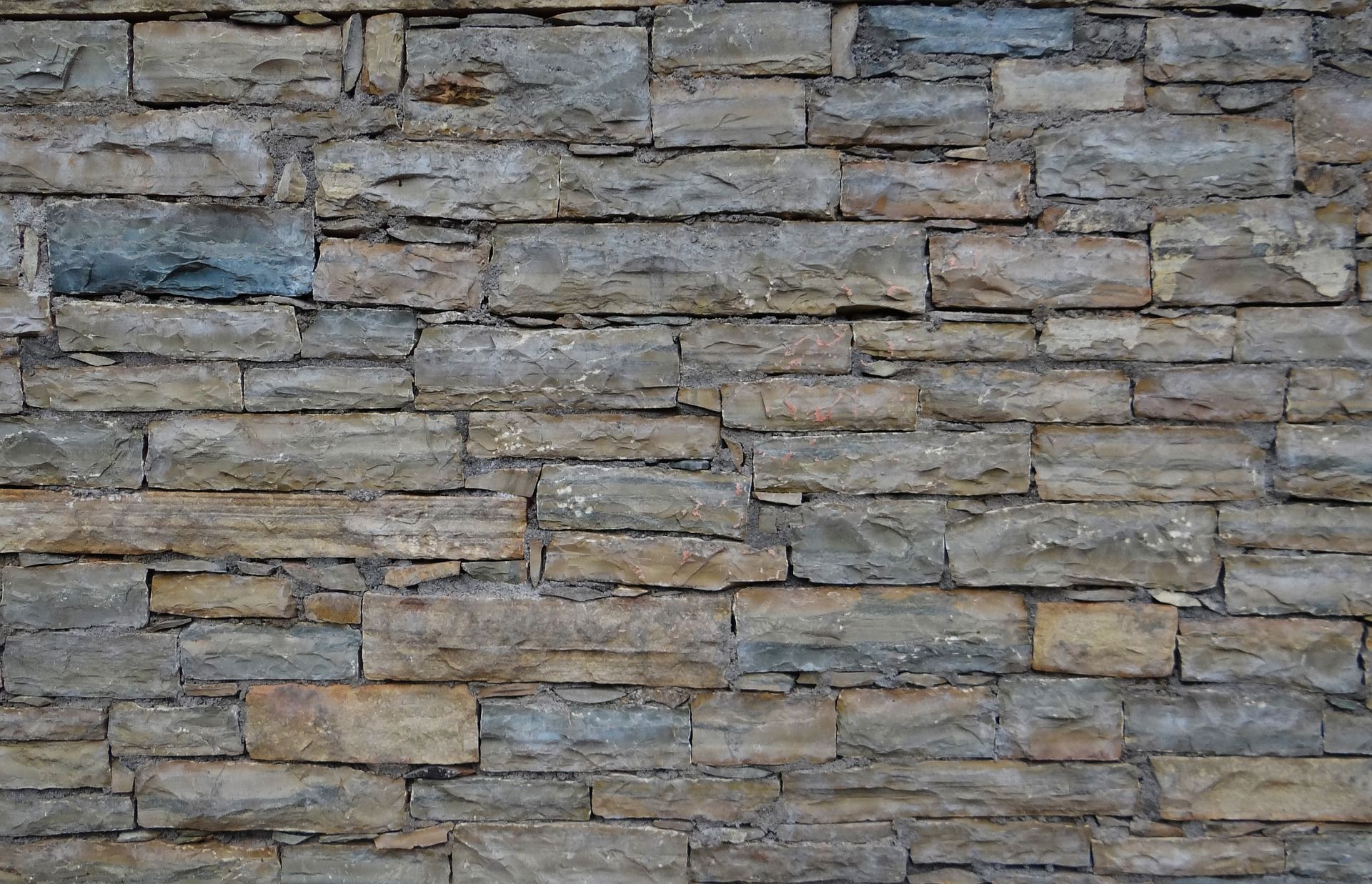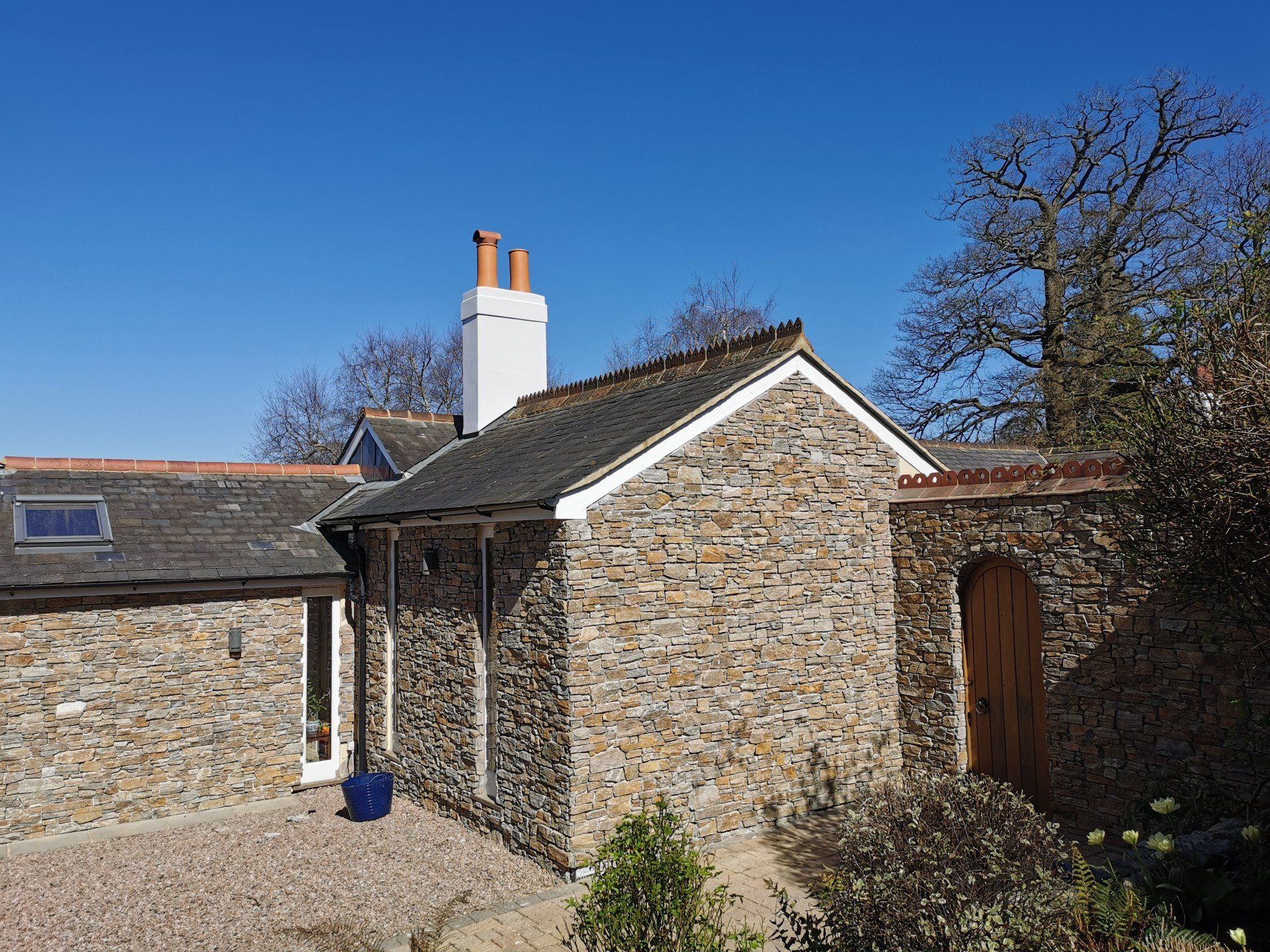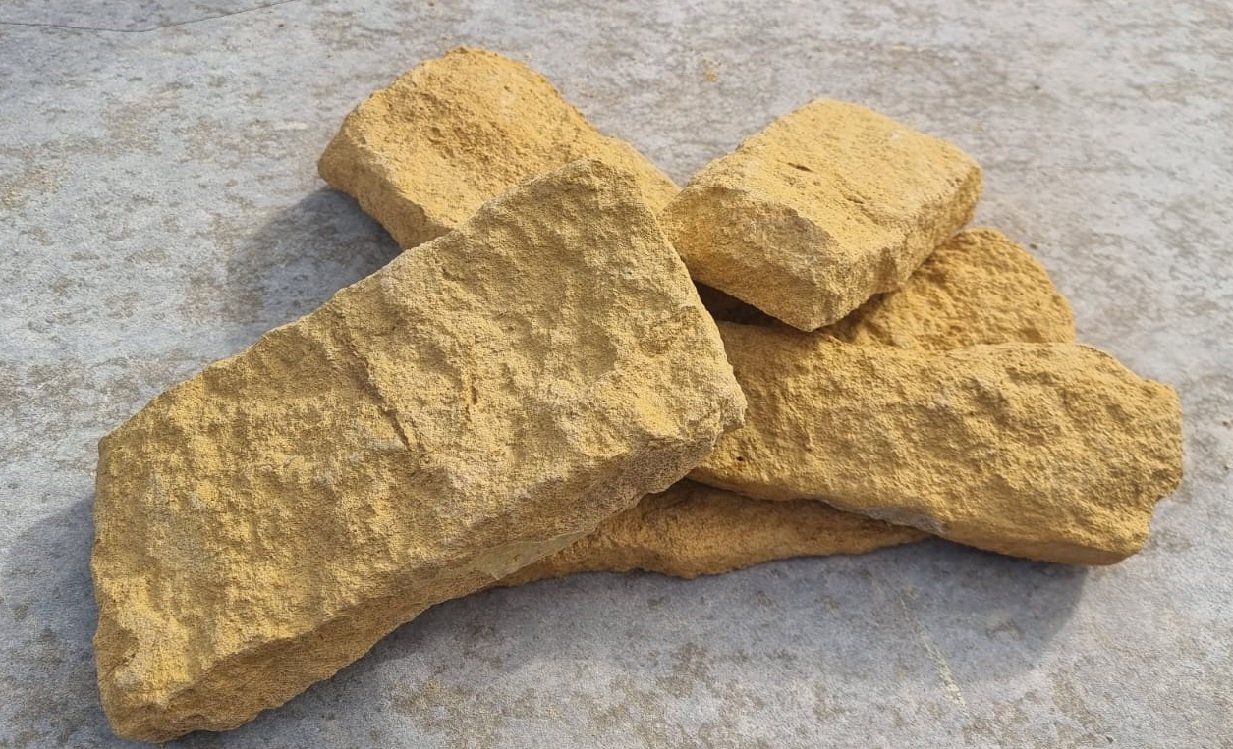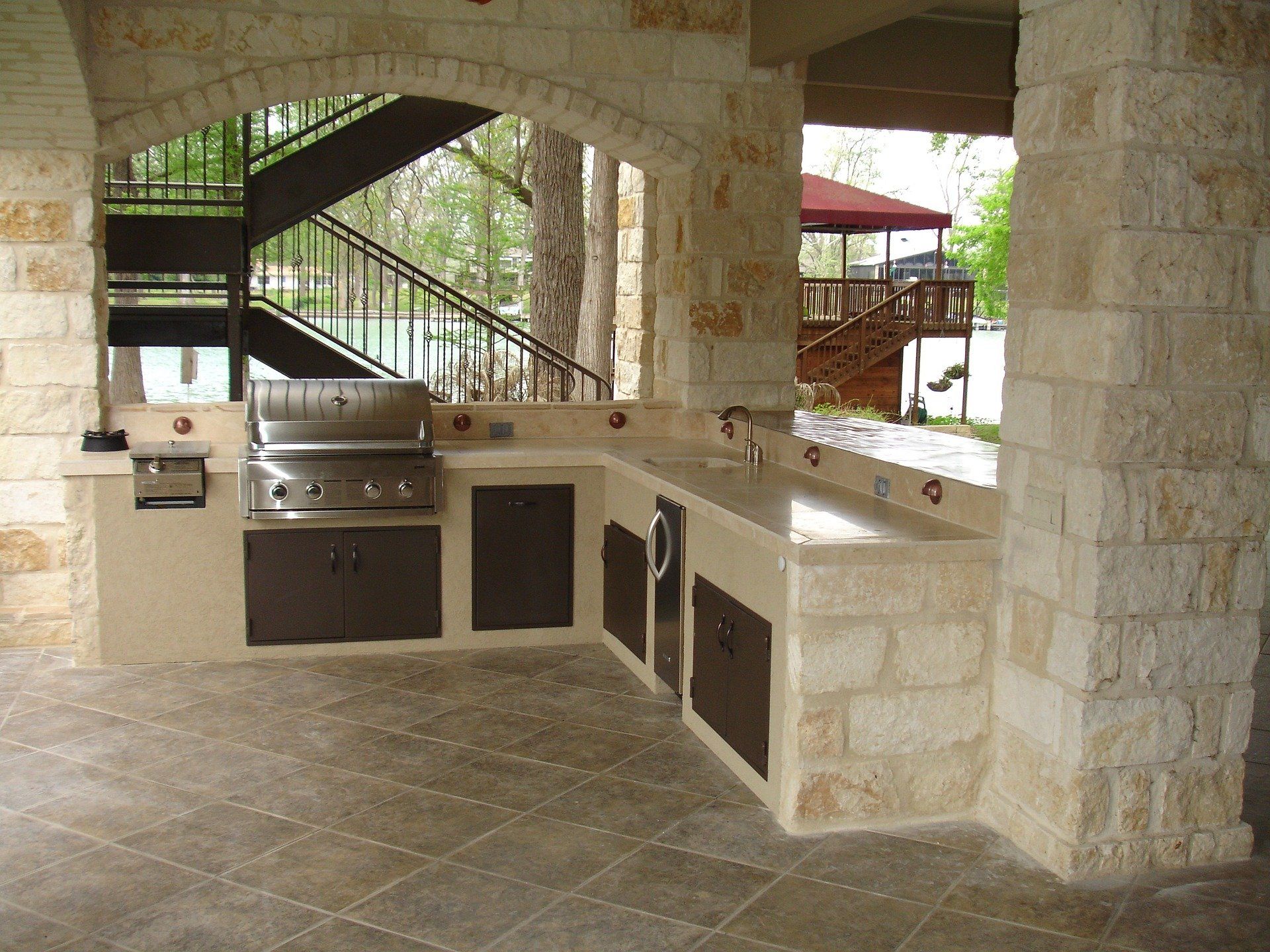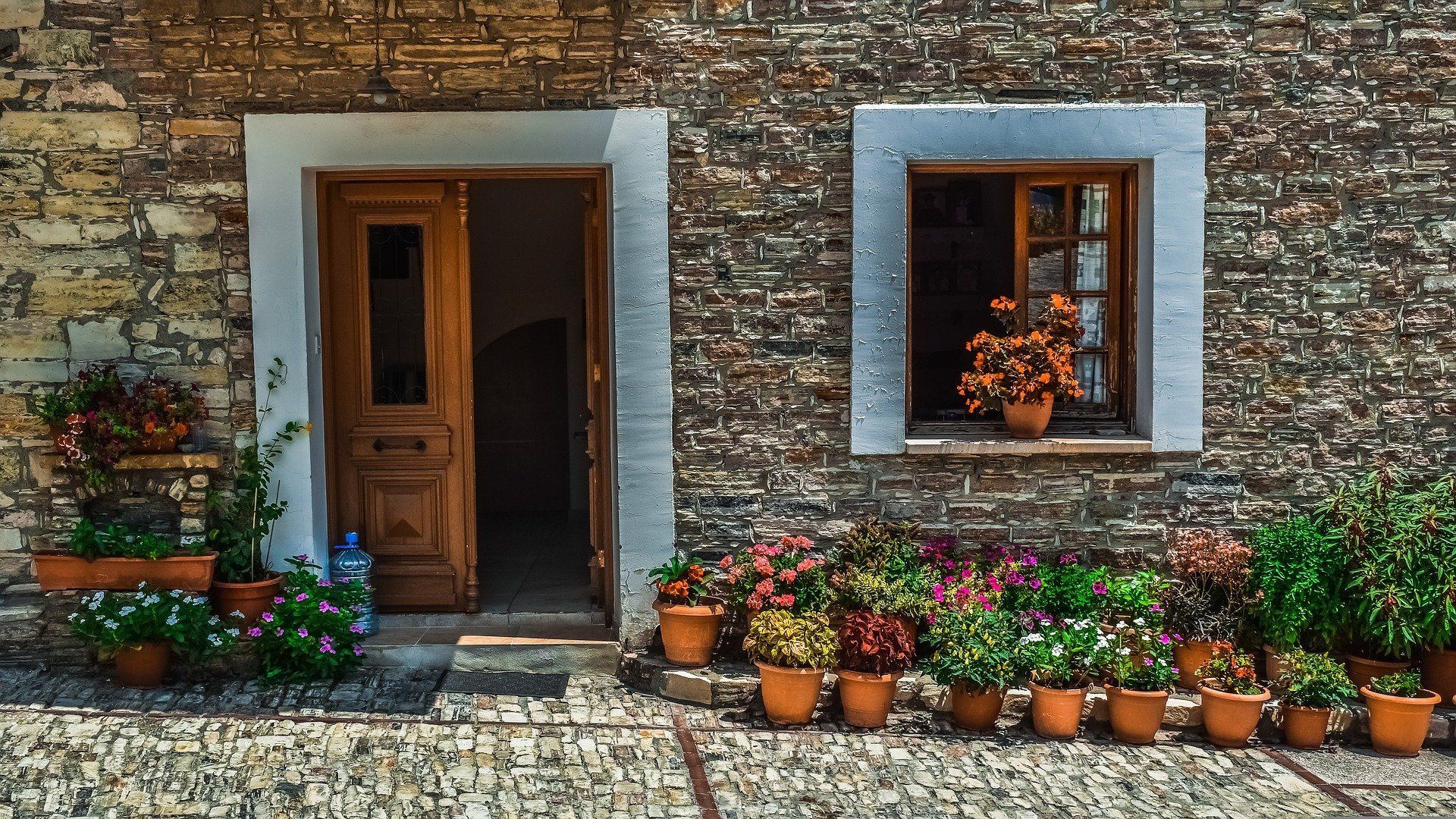Veneer stone cladding vs natural stone: which to choose?
In the last several years, stone has become more popular among homeowners, and they tend to use it more freely in their interiors. This highly versatile material can be spotted not only on the kitchen counters or around the fireplaces but in many other places as well - bathrooms, living rooms and even bedrooms. But what type of stone will be the best choice? Natural one or maybe
stone veneer cladding? Let’s learn more about both of these products.
What is natural stone and how do we use it?
Let’s start with the more well-known option - natural stone. As the name suggests, this material is quarried from the ground, and it can come from various places around the world. Nothing is added to natural stone and similarly, nothing is removed. It is quarried in big blocks, which means it needs to be carved to the desired shape before it can be used in your interiors or on the exterior of the building. When that process is done we are left with stone blocks, tiles and sheets. Among the most prominent advantages of natural stone, we can highlight its durability, availability and long-lasting colours. And cons? Well, traditional version is pretty heavy, which also means it’s hard to cut and shape to the desired end product.
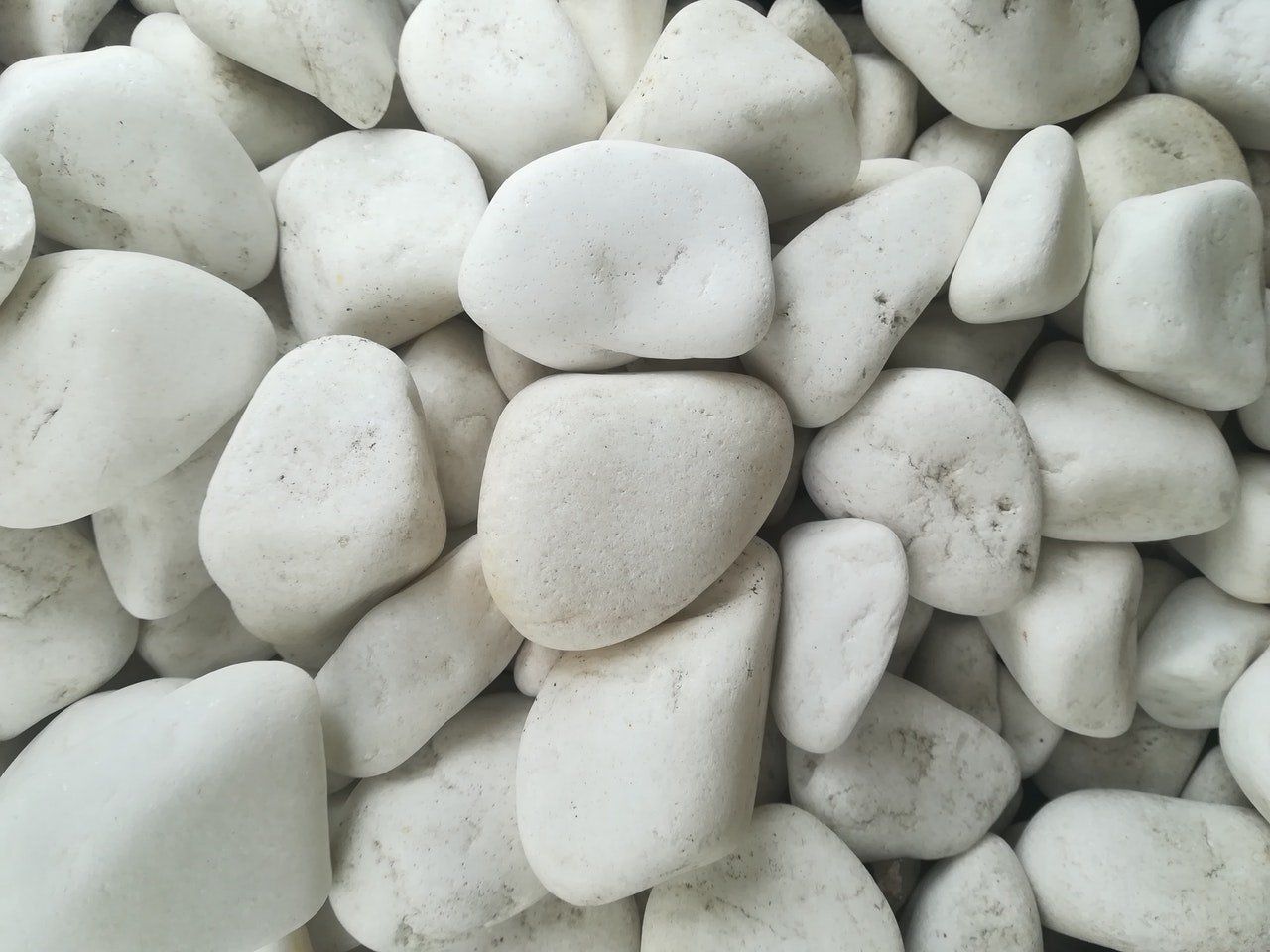
What is natural stone veneer?
Now that we know a little bit more about natural stone, it’s time to learn about the other type of material. What is veneer stone made of? Despite its name, the veneer is not made out of stone. It is created artificially by humans, and the key ingredients include cement, iron oxides and some aggregates. Cement adds stability and durability and iron oxides are responsible for the final colours of the stone veneer. The mixture is then poured into textured moulds and baked to create products we can all use in our homes and apartments. This manufacturing process means that natural stone veneer is much lighter than regular stone. As a result, it is also easier to cut and mould to the desired shapes. Because it’s man-made, it’s much easier to obtain than natural stone, which needs to be sourced from the earth. The benefits also can become the cons for some as stone veneer can have a pretty homogeneous appearance. It’s less resistant than natural stone as well.

Natural stone vs stone veneer
We learned a little bit more about both of the products. So which option is the best to choose for your interiors or exteriors? Natural stone will be a better pick if you plan to do any structural work or lay a stone flooring - it can carry additional weight and is highly resistant. On the other hand, the best stone veneer will be a preferred choice if you plan on creating a stone wall finish in your interiors - it’s much lighter, easier and cheaper to install and can be moulded to your purposes.
Both natural stone and stone veneer are stunning products that can change any interior for the better. But remember to match them to your needs to achieve optimal results.
Read also: What you should know about stone sealer?

